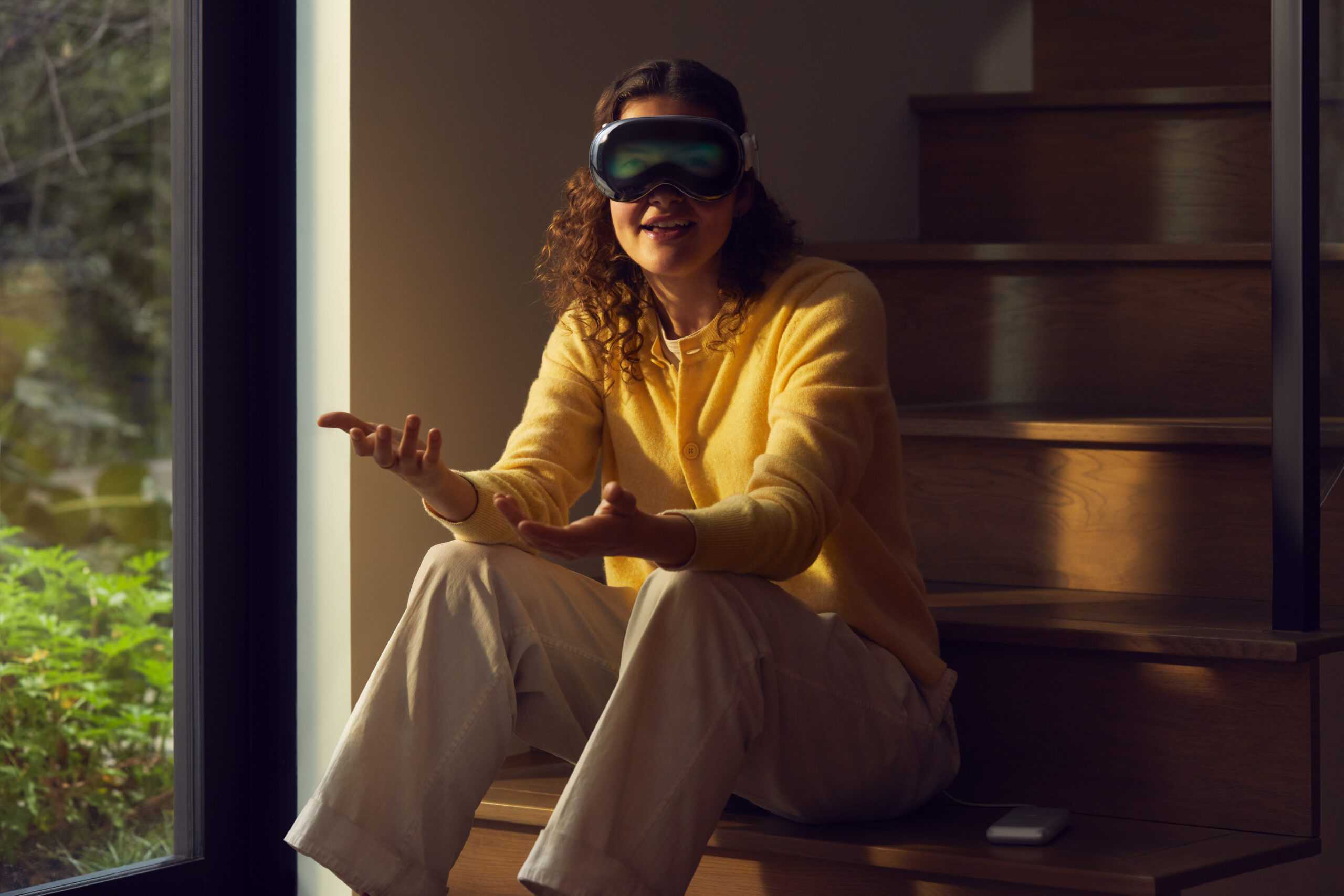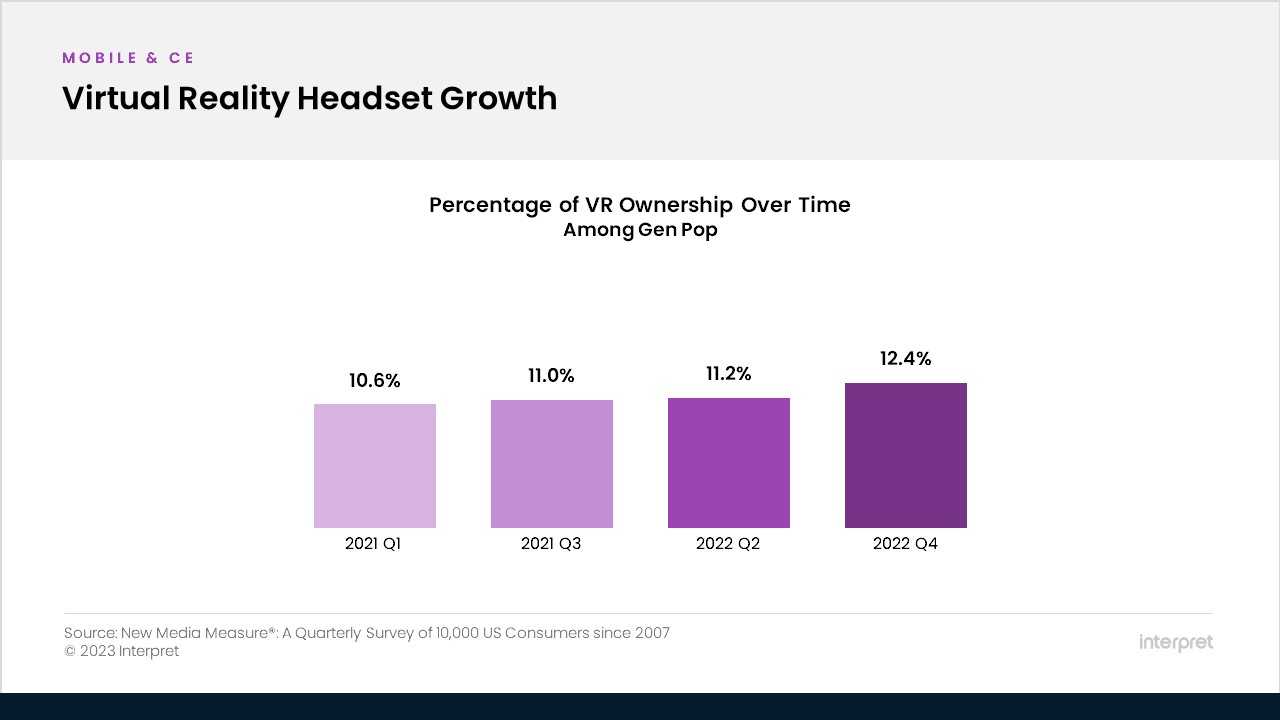Earlier this month, two of the world’s tech juggernauts, Apple and Meta, unveiled brand-new VR headsets, the Vision Pro and Quest 3, respectively. For Apple, the reveal of its first-ever VR/AR device was long anticipated, and while the technology introduces spatial computing, a dedicated visionOS platform, sophisticated gesture tracking, and an incredibly high-fidelity display (23 million pixels), it’s clearly not a product for the masses thanks to its $3,499 price tag.
The Vision Pro’s 4K display, accurate eye tracking (to allow the user to simply look at icons to select apps or actions), and gesture-based controls are some of the best seen in any headset, according to tech YouTuber Marques Brownlee, but the device’s steep MSRP will relegate it to “rich person’s toy” when it ships next year.
Moreover, the external battery pack (which attaches to a wire and goes into a user’s pocket) only supports two hours of use. During its reveal, Apple touted Vision Pro’s ability to recreate massive personal movie theaters for users but given that many movies can be at least two hours in length, a battery upgrade will be something purchasers will quickly be seeking. Apple’s “Pro” line of products has historically been expensive, and it’ll likely be a few years until Apple is able to release a headset that is both cost-effective and aimed at the mainstream.
Meta, meanwhile, continues to refine and iterate its Quest lineup. Quest 3 ships later this year for just $499. The headset comes with a slimmer, more ergonomic design, new Touch Plus controllers, and an upgraded chipset from Qualcomm to “deliver more than twice the graphical performance as the previous generation Snapdragon GPU in Quest 2.” Similar to Apple’s Vision Pro, the Quest 3 also features its own form of passthrough to enable a blending of virtual and physical worlds for certain games and applications.
Importantly, Quest 3 is backwards compatible with a library of over 500 Quest 2 games. And from a market perspective, Meta is making two moves, which could go a long way towards further solidifying its position: Quest 2 has been lowered in price to $299 and it’s going to be receiving a software update to boost its CPU and GPU performance while also enabling Dynamic Resolution Scaling.
It’s been seven years since the Oculus Rift debuted, and the VR market is still far from mass adoption. That said, Interpret’s New Media Measure® shows that VR ownership (of any headset) has continued to grow incrementally for the past couple of years, with roughly 12% of the US population now reporting owning a headset. Among those who do own a VR headset, Meta’s Quest devices are very clearly leading the way, as Interpret’s data also shows more than 41% of VR headset owners using either a Quest or Quest 2.
As Meta continues to invest heavily and now that Apple is officially entering the market, it’ll be interesting to see what the state of mixed reality looks like in another year or two.





